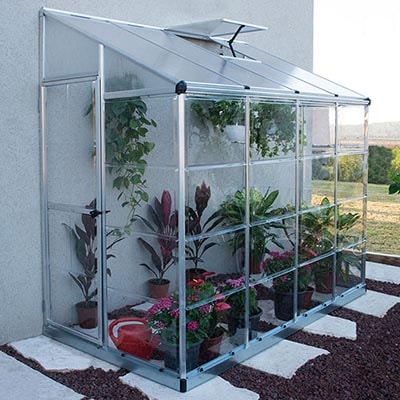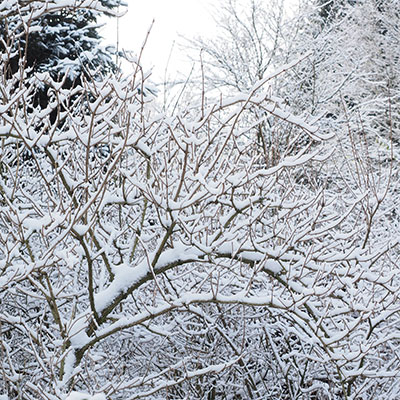
January might be the coldest month of the year, but the days are slowly getting longer and your garden is starting to come to life.
Now is the time to enjoy the crisp, fresh air, help your garden’s wildlife through the rest of the winter and plan for the coming year’s gardening.
With all this in mind, here are our top 10 tips to help you make the most of your January garden.
Top 10 January Gardening Tips
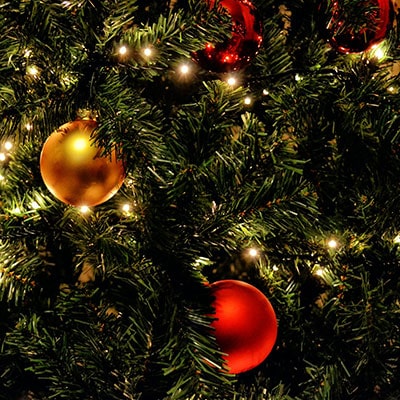
1. Recycle Your Christmas Tree
Your local council will probably have a drop-off point for recycling Christmas trees but there are plenty of ways you can utilise the tree for the benefit of your garden too.
For example, add the branches to the compost bin and shred the remainder of the tree to use as mulch around plants that love acidic soil, such as camellias and rhododendrons.
This will help them thrive.
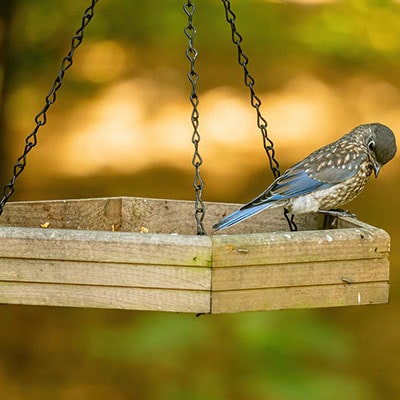
2. Keep on Feeding the Birds
Following on from last month, ensure that garden birds have a ready supply of food and fresh water.
Their natural food supply of worms and insects will have disappeared, for the time being, so it’s vitally important that you keep feeding them.
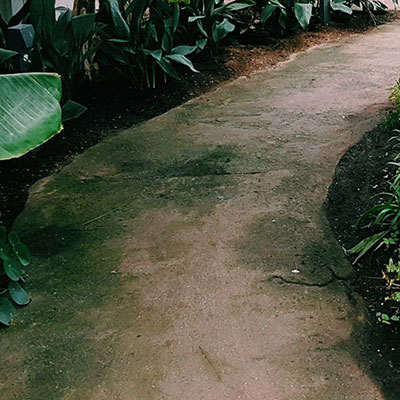
3. Remove Algae from Paths
Providing the weather isn’t freezing cold, pressure wash your garden path to clear away algae.
If left unchecked, it will start to look unsightly and become a slip hazard.
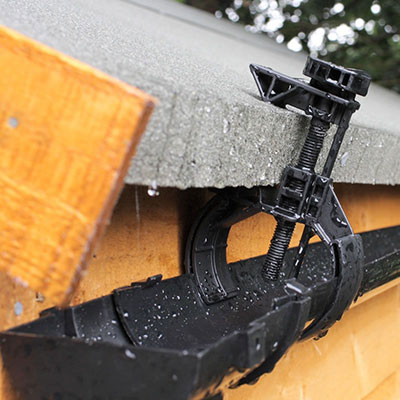
4. Clean Pots, Guttering and Water Butts
Clear debris with a brush or vacuum cleaner and follow the manufacturer’s instructions with regards to cleaning these items.
This job may be a bit of a chore, but it’s essential to keep everything in good working order.
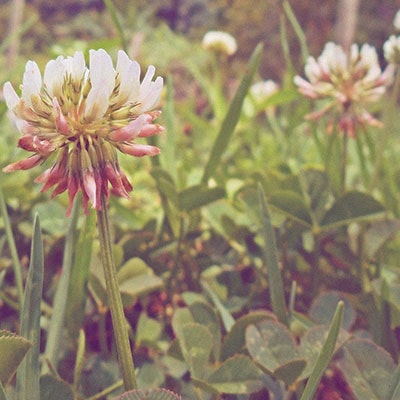
5. Keep Weeding
Keep weeding and turning over the soil in your vegetable patch.
More weeds will appear but, if you diligently keep up this task, they will disappear by the time it’s sowing time.
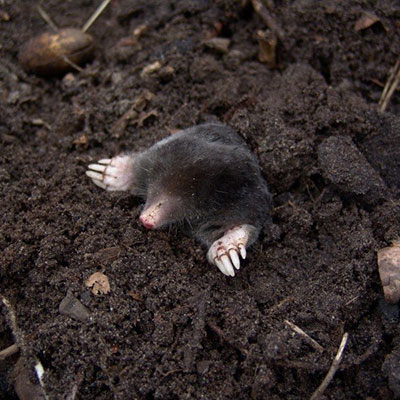
6. Remove Molehills
We’re approaching the mole mating season now, so you may well start to see molehills appear on your lawn.
As the soil is from below the surface, it is usually free of weed seeds and bugs, making it great to use in your pots and containers.
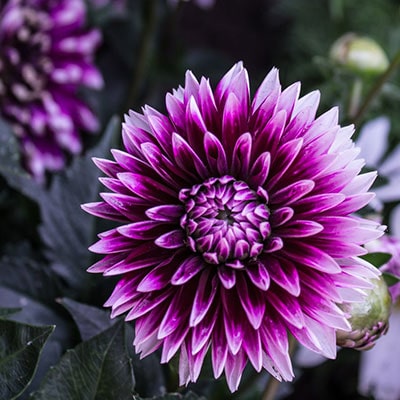
7. Inspect Stored Tubers of Dahlia
Dahlias should be stored in a dry, well-ventilated place, in order to prevent rot.
If you do find any soggy patches, cut them away and dust the remainder of the tubers with sulphur powder to stop the rot from spreading.
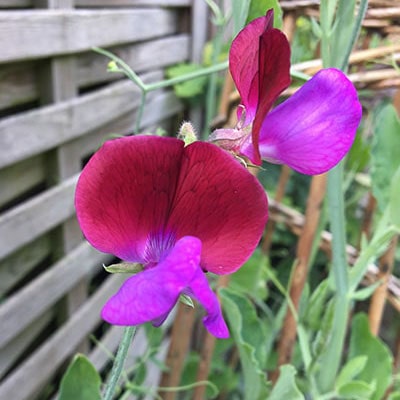
8. Sow Sweet Peas
Sweet peas can be sown now for a display in early summer.
Fill the pots with a high-quality multi-purpose compost and push the seeds an inch below the surface.
Place the pots in your greenhouse, or under the protection of a cold frame, and watch the seedlings appear in about 2 weeks’ time.
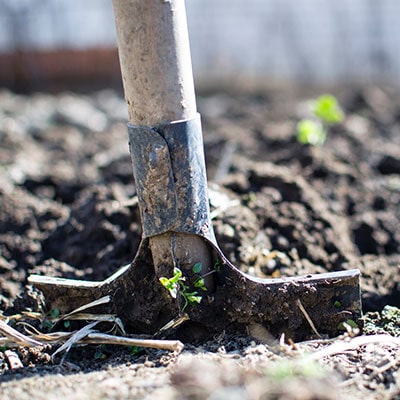
9. Move Shrubs
Whether you have the urge to redesign your garden or if a shrub is simply growing too large for its spot, relocation is fine as they will still be hibernating.
Be careful when carrying out this task, ensure the ground isn’t frozen or waterlogged, and be sure to firm the shrub properly into the soil in its new location.
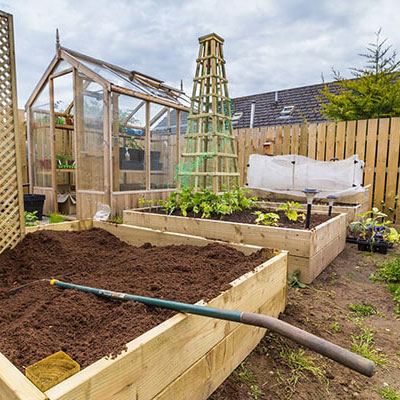
10. Plan Vegetable Crop Rotations
For annual vegetable crops, rotation helps reduce the build-up of crop-specific pests and diseases.
Before you start, mark out the plots on the ground to avoid confusion and potential overcrowding.
Garden Supplies for Sale
Here, at Buy Sheds Direct, we know how much you love your garden. That’s why we’re here to help you the whole year round.
We have some great offers available this new year, making it the perfect time for you to choose from our superb range of greenhouses, garden planters and other garden supplies.

